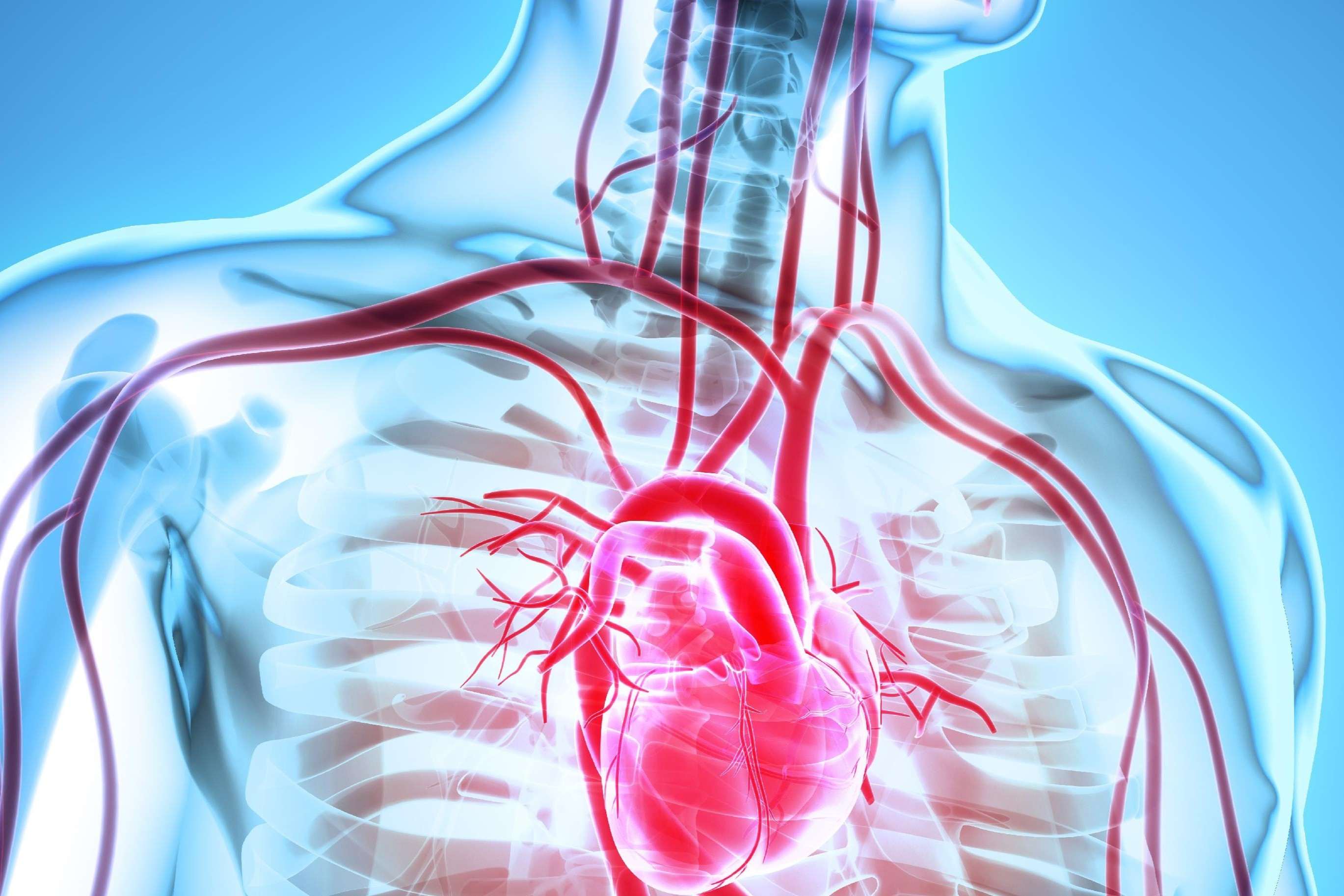
What is the aortic valve? The aortic valve is a crucial part of your heart. It acts like a gatekeeper, controlling blood flow from the heart's left ventricle into the aorta, the body's main artery. This valve ensures that blood flows in one direction, preventing any backflow into the heart. Made up of three leaflets, or cusps, it opens and closes with each heartbeat. When the valve functions properly, it helps maintain efficient circulation, delivering oxygen-rich blood to organs and tissues. However, if it malfunctions, it can lead to serious health issues like aortic stenosis or regurgitation. Understanding the aortic valve's role can help you appreciate its importance in overall heart health.
What is the Aorta?
The aorta is the largest artery in the human body. It plays a crucial role in circulating oxygen-rich blood from the heart to the rest of the body. Here are some fascinating facts about this vital blood vessel.
- The aorta originates from the left ventricle of the heart.
- It is divided into four sections: the ascending aorta, aortic arch, descending thoracic aorta, and abdominal aorta.
- The aorta is about the diameter of a garden hose, roughly 2-3 centimeters wide.
- It is the main highway for blood, carrying about 5 liters per minute.
- The aorta has three layers: the intima (inner), media (middle), and adventitia (outer).
Functions of the Aorta
The aorta is not just a simple tube. It has several important functions that keep our bodies running smoothly.
- It helps maintain blood pressure by expanding and contracting with each heartbeat.
- The aorta distributes oxygenated blood to all parts of the body through its branches.
- It plays a role in regulating blood flow to different organs based on the body's needs.
- The aorta's elasticity helps absorb the shock of blood being pumped from the heart.
- It contains baroreceptors that help monitor and regulate blood pressure.
Aortic Health and Diseases
Like any other part of the body, the aorta can face health issues. Understanding these can help in early detection and treatment.
- Aortic aneurysms are bulges in the aorta that can rupture if not treated.
- Aortic dissection is a serious condition where the inner layer of the aorta tears.
- Atherosclerosis can cause the aorta to harden and narrow due to plaque buildup.
- High blood pressure is a major risk factor for aortic diseases.
- Marfan syndrome is a genetic disorder that can affect the aorta's structure.
Interesting Facts About the Aorta
The aorta has some unique characteristics and historical significance that make it even more intriguing.
- The term "aorta" comes from the Greek word "aeiro," meaning to lift or raise.
- Leonardo da Vinci was one of the first to study the aorta's structure in detail.
- The aorta can be affected by lifestyle choices, such as diet and exercise.
- Smoking is a significant risk factor for aortic aneurysms.
- The aorta can be visualized using imaging techniques like MRI, CT scans, and ultrasounds.
Aorta in Animals
The aorta is not unique to humans. Many animals have fascinating aortic structures that suit their needs.
- In giraffes, the aorta is specially adapted to pump blood up their long necks.
- Whales have a highly elastic aorta to manage the pressure changes during deep dives.
- Birds have a unique aortic arch that helps them maintain high metabolic rates.
- Reptiles have a three-chambered heart, but their aorta still plays a crucial role in circulation.
- Insects don't have an aorta, but they have a dorsal vessel that functions similarly.
Aorta in Medical Advances
The study of the aorta has led to significant medical advancements and treatments.
- The first successful aortic aneurysm surgery was performed in 1951.
- Stent grafts are now commonly used to treat aortic aneurysms.
- Advances in imaging technology have improved the diagnosis of aortic diseases.
- Genetic research is helping to identify individuals at risk for aortic conditions.
- Artificial aortas are being developed to replace damaged sections in patients.
The aorta is a remarkable and essential part of our circulatory system. Understanding its structure, functions, and potential health issues can help us appreciate the complexity and importance of this vital artery.
Final Thoughts on Aortic Aneurysms
Aortic aneurysms are no joke. Understanding the symptoms, risk factors, and treatment options can save lives. Regular check-ups, especially if you have a family history or other risk factors, are crucial. Lifestyle changes like quitting smoking, eating healthy, and exercising can make a big difference. If you experience sudden chest or back pain, don't ignore it—seek medical help immediately.
Medical advancements have made diagnosis and treatment more effective than ever. From medications to surgical interventions, options are available to manage this condition. Awareness and education are key. Share this information with friends and family to help them stay informed.
Stay proactive about your health. Knowledge is power, and being informed can make all the difference. Keep these facts in mind, and take steps to protect yourself and your loved ones.
Was this page helpful?
Our commitment to delivering trustworthy and engaging content is at the heart of what we do. Each fact on our site is contributed by real users like you, bringing a wealth of diverse insights and information. To ensure the highest standards of accuracy and reliability, our dedicated editors meticulously review each submission. This process guarantees that the facts we share are not only fascinating but also credible. Trust in our commitment to quality and authenticity as you explore and learn with us.
